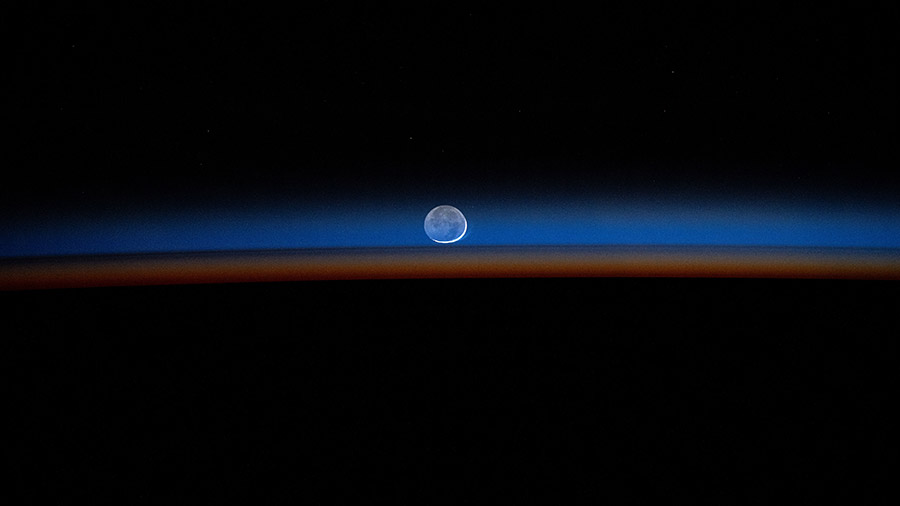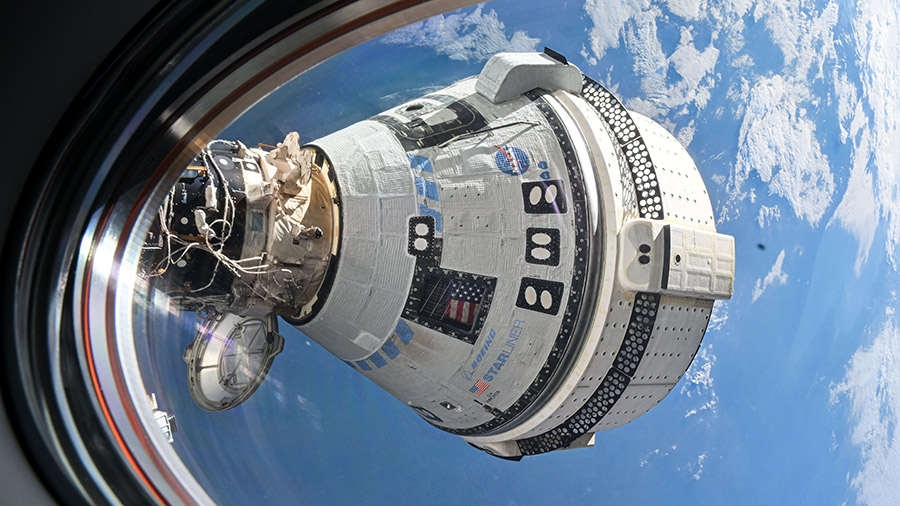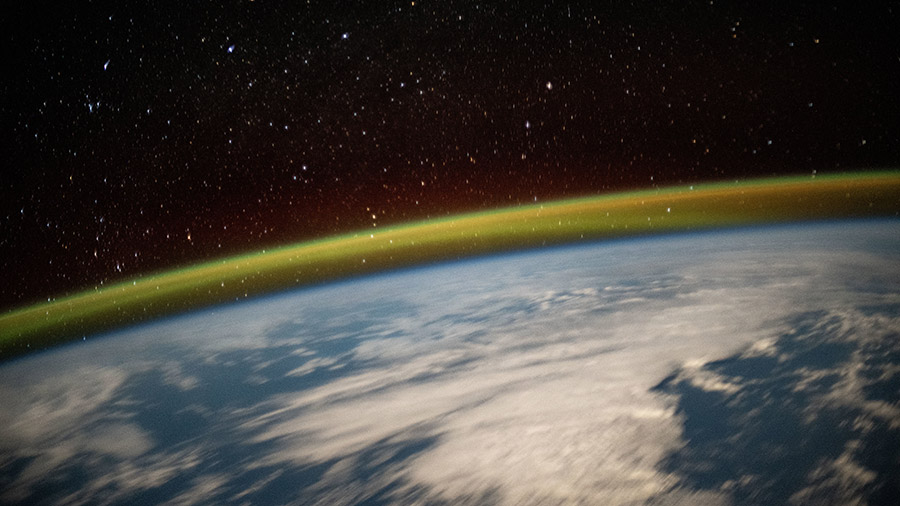
Six of the nine orbital residents living and working aboard the International Space Station relaxed on Monday following last week’s departure of Boeing’s uncrewed Starliner spacecraft. The trio on duty today readied for the next crew to launch to the orbital outpost and tested a negative pressure suit.
NASA astronauts Butch Wilmore and Suni Williams congratulated flight teams and said goodbye to the Starliner spacecraft (listen to the audio on X) that launched the duo to the station on June 5. The uncrewed Starliner undocked from the Harmony module’s forward port at 6:04 p.m. EDT on Friday, Sept. 6, and parachuted to a landing in New Mexico nearly six hours later. Wilmore and Williams will remain in low-Earth orbit until February when they are scheduled to return to Earth aboard the SpaceX Dragon spacecraft with the Crew-9 mission.
The two veteran station residents relaxed today enjoying a three-day weekend along with fellow NASA astronauts Tracy C. Dyson, Matthew Dominick, Mike Barratt, and Jeanette Epps. However, Wilmore, Williams, and Epps spent a few moments during Monday afternoon setting up hardware for human research activities planned for all day Tuesday. The trio prepared a specialized thigh cuff being studied for its ability to reverse the space-caused headward fluid shifts in astronauts potentially preventing vision issues and helping crews adjust to different gravity environments.
Expedition 71 Commander Oleg Kononenko readied the Rassvet module for the docking of the Soyuz MS-26 crew ship planned for 3:33 p.m. EDT on Wednesday. Kononenko organized tools and cargo making space inside Rassvet and set up crew sleep stations for the new crewmates. The Soyuz rocket will launch from the Baikonur Cosmodrome in Kazakhstan at 12:23 p.m. on Wednesday carrying NASA astronaut Don Pettit and Roscosmos cosmonauts Alexey Ovchinin and Ivan Wagner to the space station for a six-and-a-half month mission.
Kononenko also joined fellow cosmonauts Nikolai Chub and Alexander Grebenkin and tested the lower body negative pressure suit for its ability to counter the effects of weightlessness on the human body and help crews adjust quicker to the return to Earth’s gravity. Kononenko and Chub are due to return to Earth with Dyson inside the Soyuz MS-25 spacecraft in late September. Grebenkin is targeting his return to Earth in early October with SpaceX Crew-8 crewmates Dominick, Barratt, and Epps.









